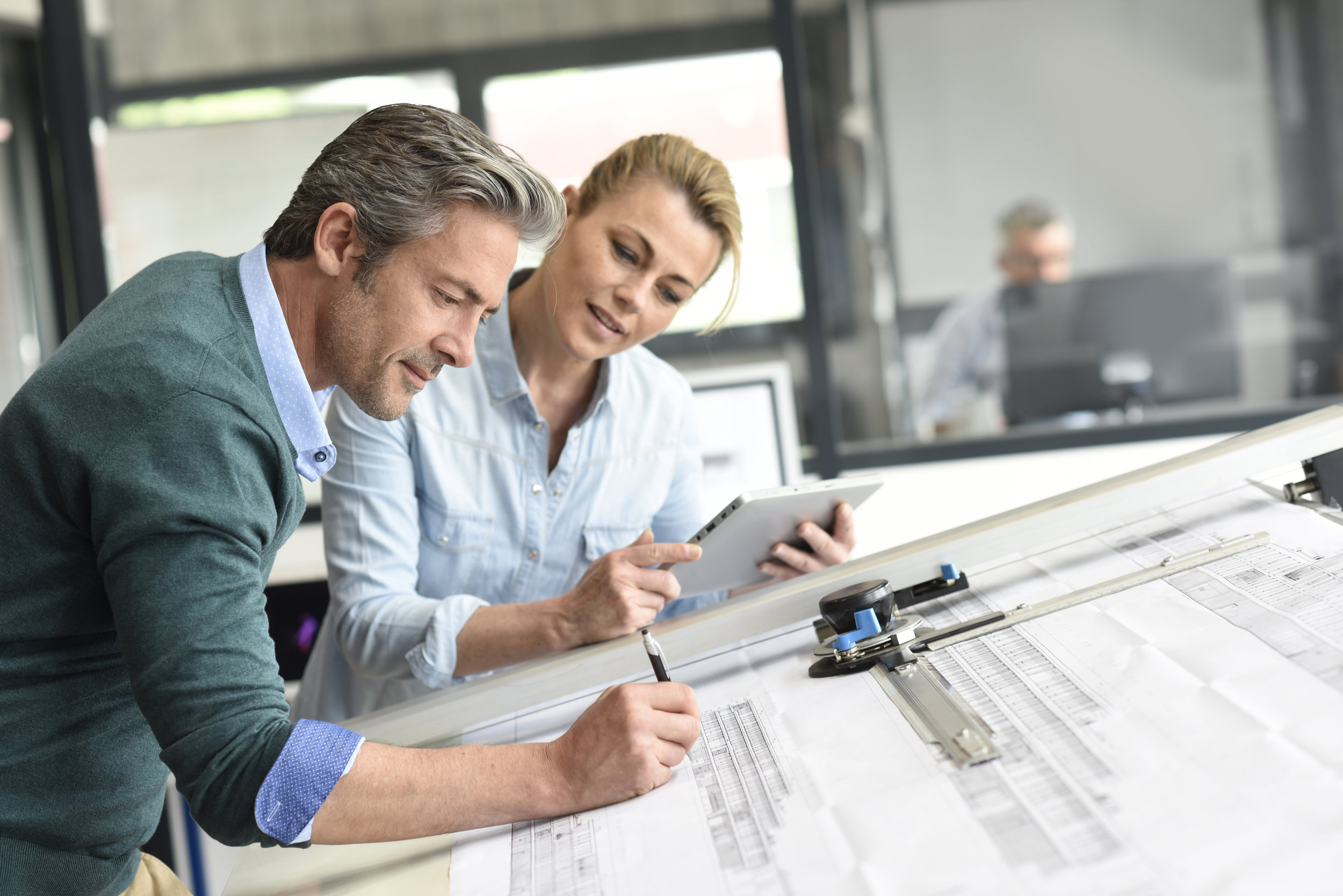Create Space for Nature. Sustainable Design.
Turning Theory into Practice
A Sustainable Design philosophy is one that encourages decisions at each phase of the design process that will reduce negative impacts on the environment and the health of the occupants, without compromising the bottom line.
Increasing energy efficiency is a crucial component of sustainable design, as well as conserving water, enhancing indoor air quality and favoring environmentally preferable products.
Designing in such a conscientious way incites a positive influence on all phases of a building’s life cycle, from design and construction to operation and decommissioning.
Control Layers are crucial elements of the sustainable design and the building envelope, ensuring that the outside stays out and the inside stays in.
A building’s ultimate performance depends on the performance of the following control layers: thermal, air and moisture. The thermal layer controls the transfer of heat through insulation products and radiant barriers, while the air layer is essential in controlling moisture levels and air quality. Lastly, the moisture layer controls condensation and leaks and is attainable through exterior cladding or roofing along with a Water-Resistive Barrier (WRB).
Polyiso insulation can meet the needs of each control layer through a single wall solution, thus eliminating the need to use multiple products for thermal, air and moisture protection.
A Life Cycle Assessment (LCA) is a technique that improves understanding of the environmental impacts and human health of products, processes and activities in order to make more informed, responsible decisions.
Beginning with extraction and concluding with end-of-life management, an LCA evaluates the entire life cycle of a product or process to discover opportunities for reducing environmental impacts, conserving resources and reducing costs.
Conducting an LCA is the first, and most critical, step towards attaining an Environmental Product Declaration (EPD).
The Polyisocyanurate Insulation Manufacturers Association (PIMA) realizes the value of an LCA through its continual investment in up-to-date Polyiso Roof & Wall EPDs.
A Green Building is a building that reduces or eliminates the negative impacts, or creates positive impacts, on our climate and natural environment.
Any building can be green, and there are multiple ways to gain the distinction, such as the following: efficient usage of energy, water and other resources, the use of materials that are non-toxic, ethical and sustainable and fostering a philosophy to reduce, reuse and recycle. Furthermore, the environmental benefits of LEED certification are greater for green buildings than for non-green buildings.
Polyiso insulation can help a green building obtain LEED certification through the following categories: Energy & Atmosphere, Materials & Resource, and Innovation & Design Process.











